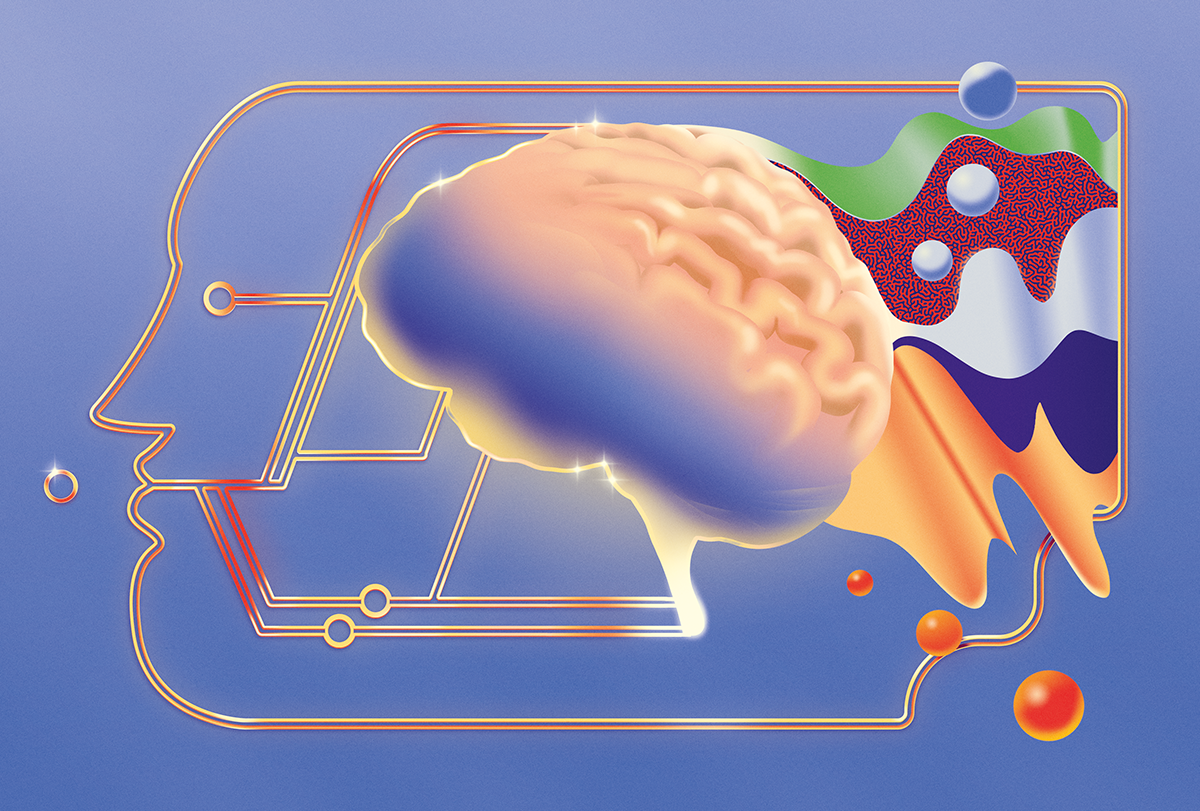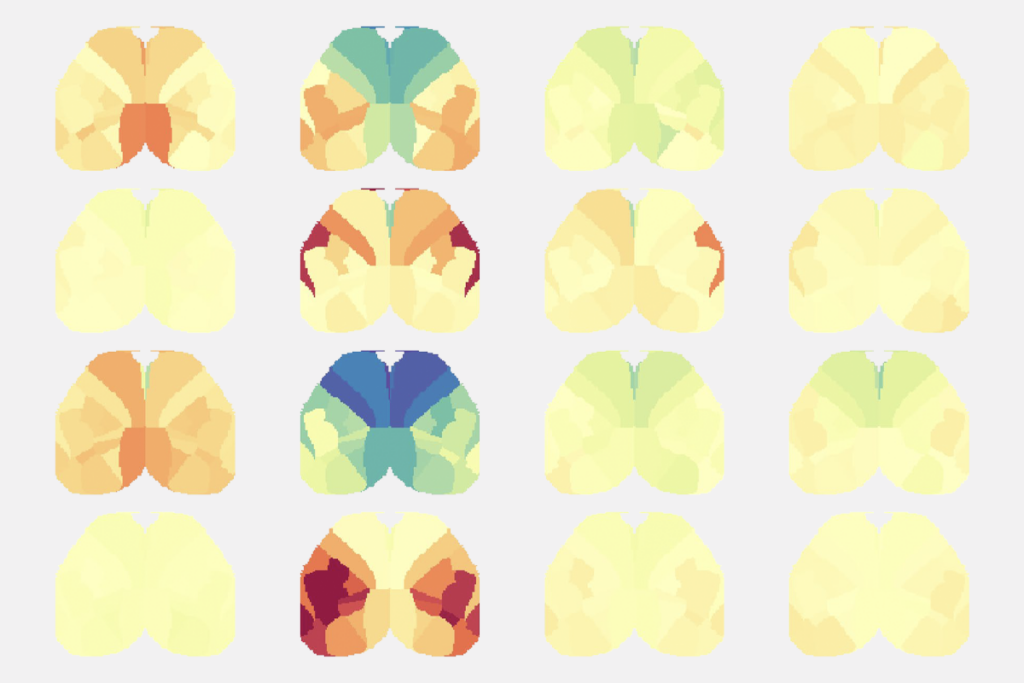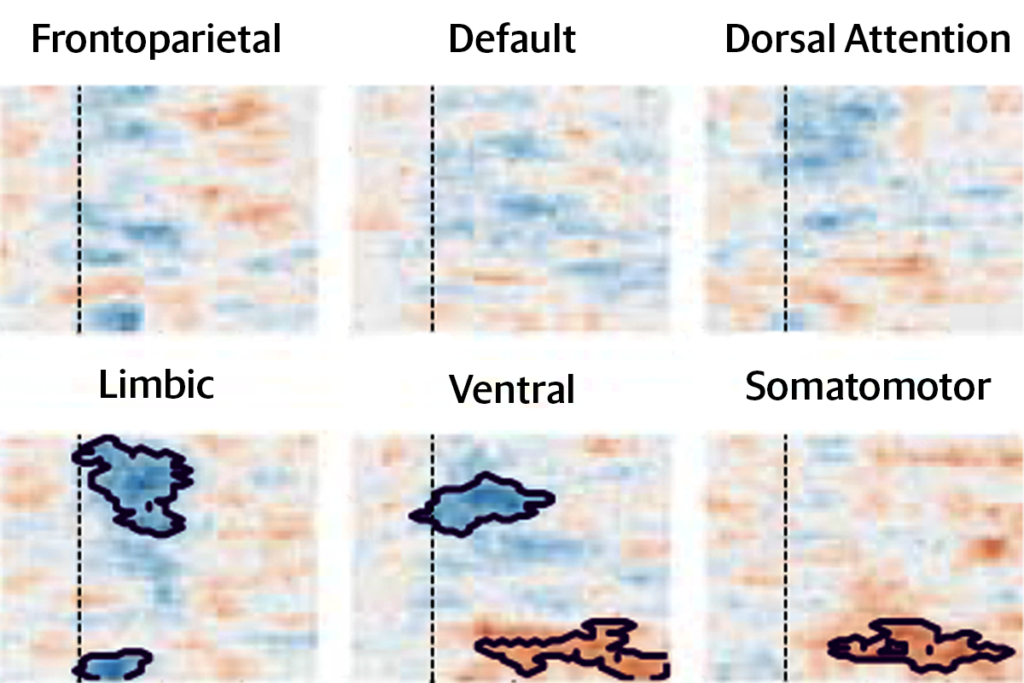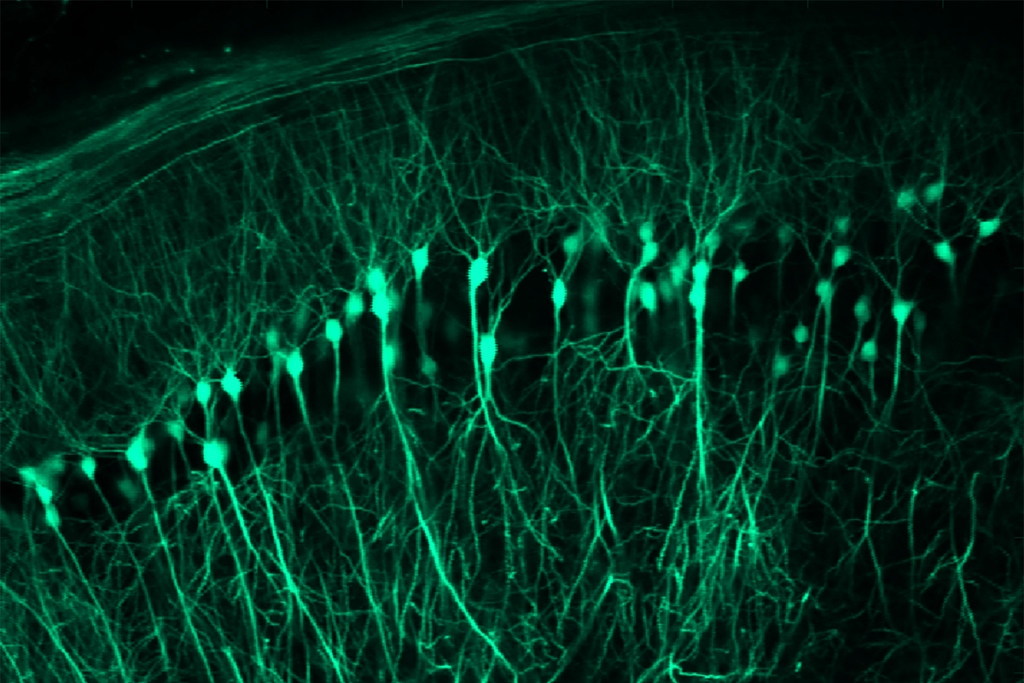
Why we need basic science to better understand the neurobiology of psychedelics
Despite the many psychedelics clinical trials underway, there is still much we don’t know about how these drugs work. Preclinical studies represent our best viable avenue to answer these lingering questions.
Psychedelics show growing promise as treatments for a variety of psychiatric diseases. Clinical trials have demonstrated rapid and persistent improvements in major depressive disorder, for example, sparking interest among both psychiatrists and neuroscientists. However, the clinical use of psychedelics is challenging; the drugs induce prolonged visual hallucinations and must be administered and monitored by trained staff, which creates barriers in terms of their availability and accessibility.
Clinical trials are also challenging. Psychedelics produce profound subjective effects that make it impossible to properly placebo-control or effectively blind participants. And given the widespread cultural fascination with these drugs, it’s difficult to remove expectancy bias—if someone strongly believes a drug will work, that can influence their perception and reporting of their outcome. Moreover, these drugs are typically delivered and tested in combination with psychotherapy. Discerning whether any treatment effects stem from the drug versus the psychotherapy, as well as the role of therapy in clinical response, is a point of debate within the field.
To help resolve some of these issues, we need to better understand the neurobiological mechanisms involved. Human imaging studies have shown that some psychedelics, such as psilocybin, produce long-lasting alterations in global connectivity and negative affect. But to design more effective versions of these drugs, we need to uncover their underlying mechanisms of action at greater resolution—something that is possible only through preclinical research at the level of molecular, cellular and systems neuroscience.
P
reclinical studies have already begun to shed light on the underlying neurobiological mechanisms of psychedelic drug action and its effects on behavior. The systemic administration of psychedelics in mice engages distinct and widely distributed brain regions and networks, which is consistent with human imaging studies. These effects can be both drug- and context-dependent. Studies of the effects of psychedelics have put a major focus on corticolimbic circuits, which help govern executive control and emotional processing and are dysregulated in many psychiatric disorders. Research shows that a single psilocybin injection can remodel neuronal morphology associated with increased activity in the mouse prefrontal cortex, an effect that was maintained for one month and occurred in parallel with reduced stress-associated behavior. More recent work in mice found that psilocybin engages prefrontal circuits in a cell-type-specific and projection-specific manner, adding further mechanistic detail to the persistent effects of these compounds.Psychiatric disorders, including anxiety and depression, can look different in women and men, suggesting potential neurobiological differences. Whether these sex differences influence psychedelics’ effectiveness remains unclear, but studies in animal models are starting to address this question. One study of subcortical limbic regions in rats found sex-specific effects of psilocin, the active metabolite of psilocybin, during an aversive air puff task; treatment acutely boosted central amygdala activation in females but decreased activation in males, particularly males that displayed active threat responses, an effect that lasted up to 28 days after administration. By contrast, psilocin acutely increased reactivity in the paraventricular nucleus of the hypothalamus in males, but only transiently, and again driven by active responders. These findings hint at how males and females may respond differently to psychedelics, both acutely and over time, and could help identify the populations that may be most responsive to psychedelic treatment.
Preclinical research could also address a major open question in psychedelic research, one that is especially relevant for drug discovery: Can the mechanisms underlying a drug’s therapeutic effects and hallucinogenic actions be disentangled? Activation of the serotonergic 5-HT2A receptor mediates the hallucinogenic effects of psychedelics in humans and in animals; whether activation of these receptors and the associated hallucinations are necessary for therapeutic actions, however, remains a point of debate.
Some—but not all—studies investigating psychedelics’ effects on anxiety- and depressive-like behavior in rodents suggest the therapeutic effects may be independent of 5-HT2A activation. Efforts to standardize investigations across research groups and institutions have failed to produce broadly consistent effects of psilocybin on depressive- and anxiety-like behaviors. The effects of psychedelics in animals may be more pronounced following chronic stress, some results suggest, but the only consistent effects of psilocybin across groups are acute increases in anxiety-like behavior and reductions in conditioned fear.
C
ollectively, these findings show that preclinical studies are critical to understanding psychedelic drug effects. Variability in current studies may stem from behavioral differences, such as the use of unstressed versus stressed animals, limitations in existing test measures or differences in institutional testing parameters, such as lighting or housing conditions—something future studies can explore in greater mechanistic detail. An improved understanding of behavior patterns associated with psychedelic administration might predict which treatment responses could be used to improve clinical practice.Despite key mechanistic advantages, preclinical research also has some notable limitations. For instance, efforts to model complex psychiatric disorders in animals are limited and struggle with face validity, compromising direct translational relevance. That might be improved by focusing on certain features of cognition or mood known to be affected within these disorders, such as irritability, responses to positive or negative stimuli, or general negative affect. Although preclinical animal models don’t experience expectancy bias, the hallucinogenic effects of psychedelics might cause stress, as seen with increases in glucocorticoids following psilocybin administration in mice. It’s not yet clear whether these effects result from the drug’s pharmacology or reflect a stress response provoked by an animal’s unexpected subjective drug experience, or both. It is important to consider careful experimental design to improve translatability and the interpretation of preclinical findings in the context of clinical work.
Moving forward, we need rigorous experimental designs that address the limitations of both preclinical and clinical research, along with increased collaborations between fields, to understand the potential of psychedelics in mental health and to develop novel therapeutic interventions. Preclinical studies offer mechanistic insight into how psychedelics influence human behavior and psychiatric conditions, informing clinical studies. Equally, we can back-translate work in humans to refine and focus the experimental parameters of preclinical work. Together, the integration of findings from human and preclinical work can provide a more comprehensive picture of the neurobiological effects of psychedelics and their potential for therapeutic use.
Recommended reading

Psychedelics research in rodents has a behavior problem
Psilocybin rewires specific mouse cortical networks in lasting ways

Psychedelics muddy fMRI results: Q&A with Adam Bauer and Jonah Padawer-Curry
Explore more from The Transmitter

Eye puffs prompt separable sensory, affective brain responses in mice, people

Spatial learning circuitry fluctuates in step with estrous cycle in mice
